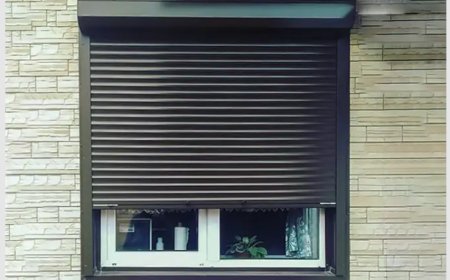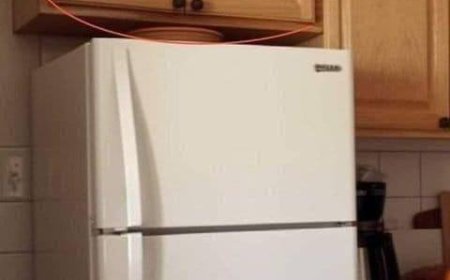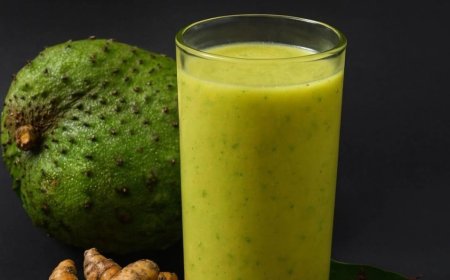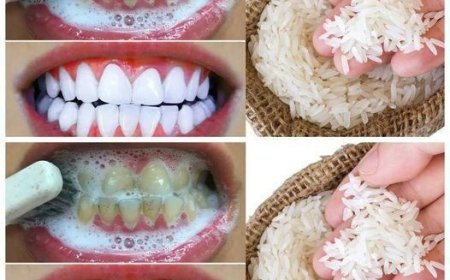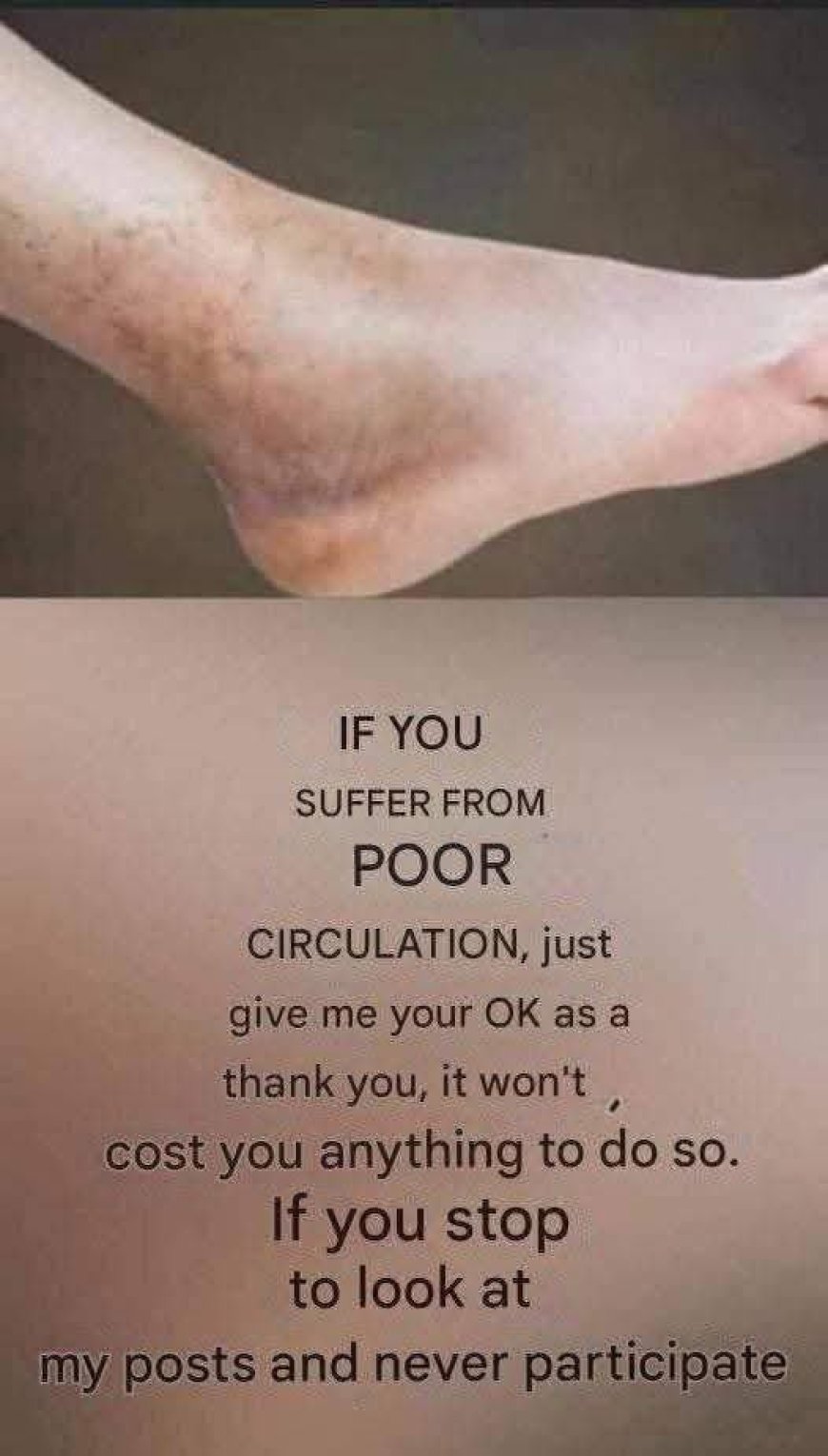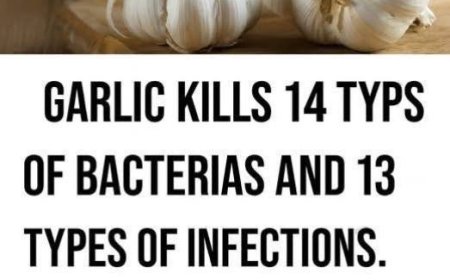If You Suffer from Poor Circulation and Your Legs Feel Like This, Here’s the Solution
Your legs tell a story — and sometimes, that story is about circulation. If you’ve ever felt your feet turning cold for no reason, your legs aching after a long day, or a strange tingling that comes and goes, you’re not alone. Poor circulation in the legs is one of the most common yet underestimated health concerns of modern life. It can creep up slowly, often disguised as simple fatigue or age-related discomfort, until one day it starts affecting how you move, sleep, and live.
1.
If You Suffer from Poor Circulation and Your Legs Feel Like This, Here’s the Solution
Poor circulation is a common issue—especially for those who spend
long hours sitting, standing, or simply not moving enough. If you’ve ever experienced cold feet, heavy or aching legs, or numbness and swelling, you’re not alone. These are hallmark signs of reduced blood flow to the lower body, and while often dismissed as “just getting older” or “being tired,” they can signal underlying health concerns.
The good news? You can take steps today to improve circulation, relieve symptoms, and protect your long-term vascular health—without expensive treatments or invasive procedures.
What Causes Poor Circulation in the Legs?
Poor circulation occurs when blood doesn’t flow efficiently through your veins and arteries, especially in the lower body. This means less oxygen and fewer nutrients reach your muscles and tissues—leading to discomfort and long-term risks if left untreated.
Common Causes Include:
Sedentary lifestyle: Prolonged sitting or standing can reduce venous return from the legs.
Smoking: Damages blood vessels and reduces overall circulation efficiency.
Obesity: Extra weight puts pressure on veins and impairs blood flow.
Aging: Blood vessels naturally lose elasticity over time.
Medical conditions: Diabetes, high blood pressure, high cholesterol, and heart disease are all major contributors.
Common Symptoms of Poor Leg Circulation
If you’re experiencing any of the following symptoms regularly, your circulation may be compromised:
1. Swelling (Edema)
Fluid buildup in the lower legs, ankles, or feet often indicates sluggish circulation or weakened veins.
2. Cold Legs, Feet, or Toes
Even in warm weather, poor blood flow can leave your extremities feeling icy.
3. Heaviness or Aching
A dull, dragging feeling in the legs after sitting or standing is one of the most frequent complaints.
4. Tingling or Numbness
Reduced blood flow can lead to that familiar “pins and needles” sensation or occasional numbness.
5. Visible Vein Changes
Varicose veins or spider veins can signal underlying venous insufficiency or weakened vein walls.
How to Improve Circulation in Your Legs – Simple, Effective Solutions
You don’t need a complete lifestyle overhaul—small, consistent changes can significantly improve circulation. Here’s how:
1. Move Regularly
Stand up and walk for 5–10 minutes every hour.
Stretch your calves and thighs to promote venous return.
Consider low-impact exercises like walking, swimming, or cycling.
2. Wear Compression Socks
These gently squeeze the legs to support healthy blood flow and reduce swelling.
Great for anyone who stands or sits for long periods (travelers, office workers, teachers, etc.).
3. Elevate Your Legs
Prop your legs above heart level for 15–20 minutes a day.
Helps drain pooled blood and reduce pressure on leg veins.
4. Eat for Circulation
Focus on heart-healthy foods: leafy greens, citrus, garlic, berries, and omega-3 rich fish.
Reduce salt intake to combat water retention and blood pressure.
T.ap the p.hoto to v.iew the full r.ecipe.



